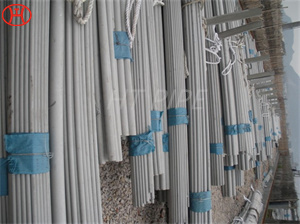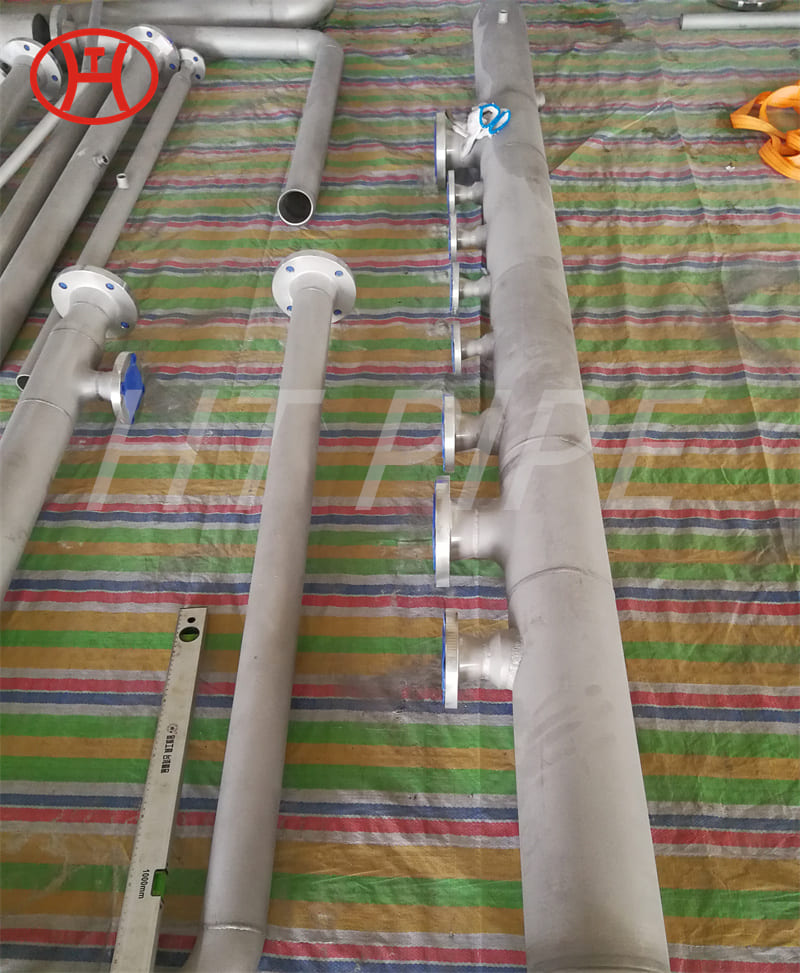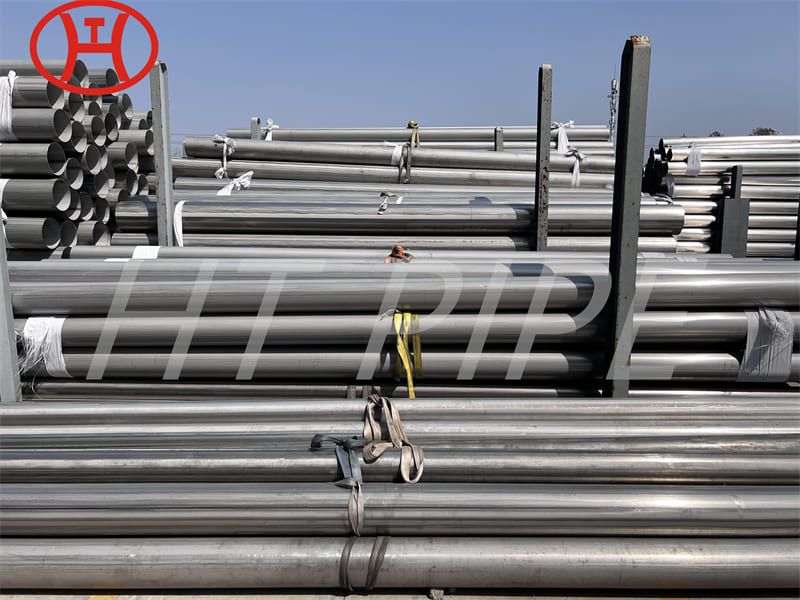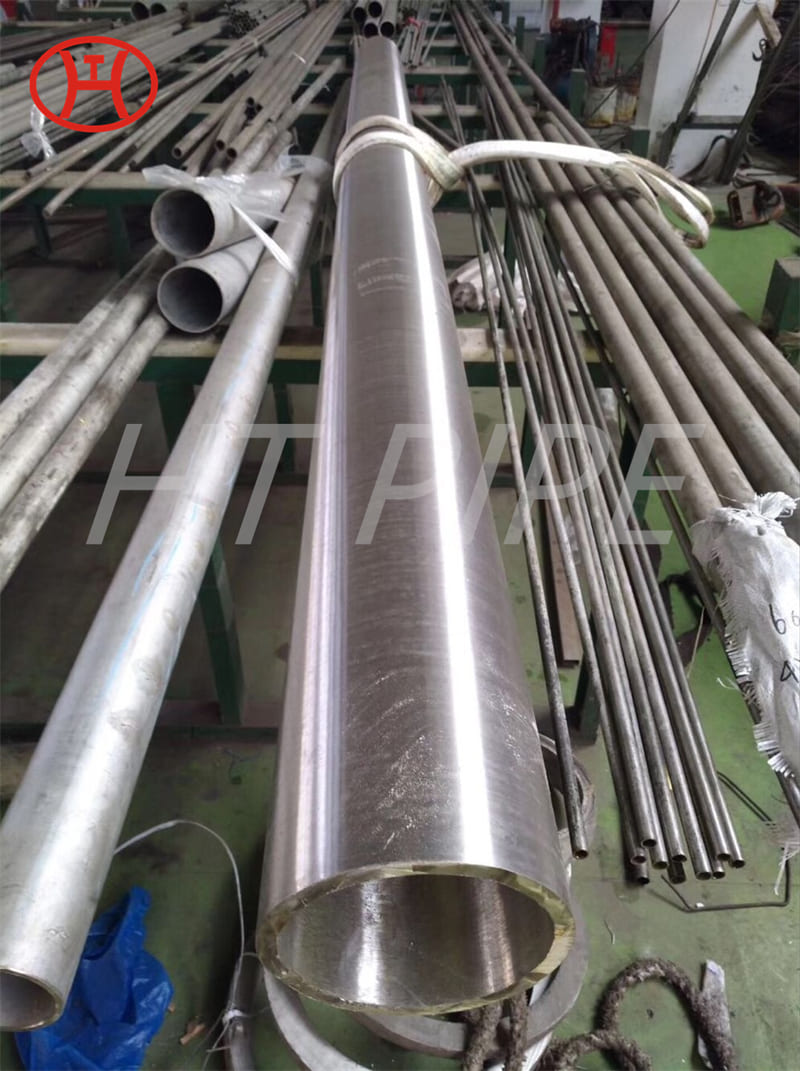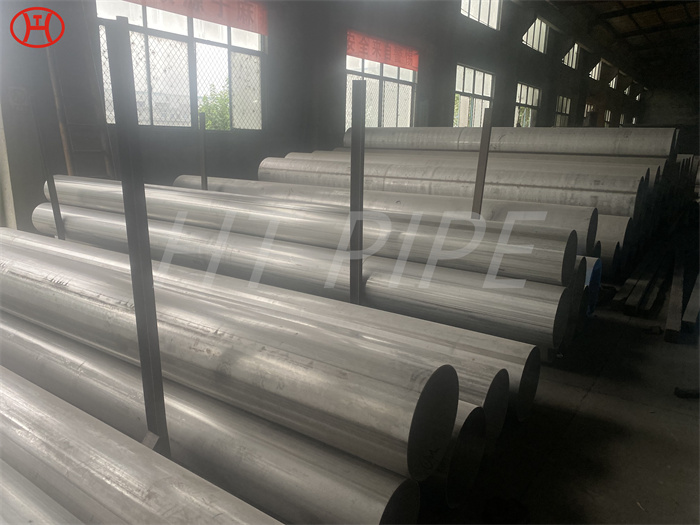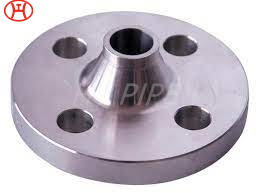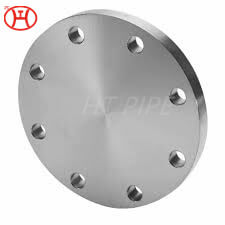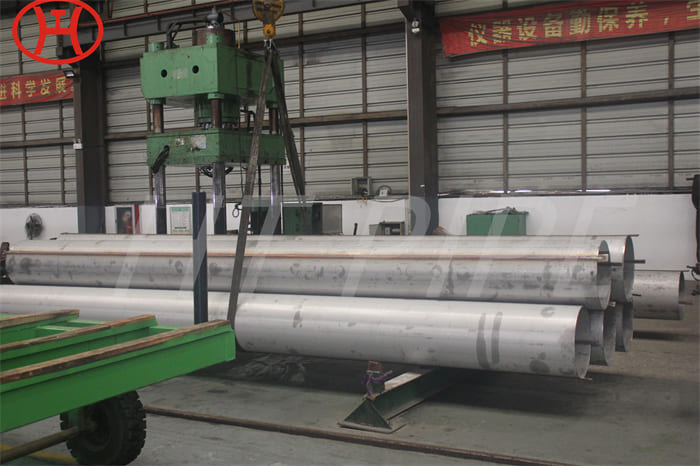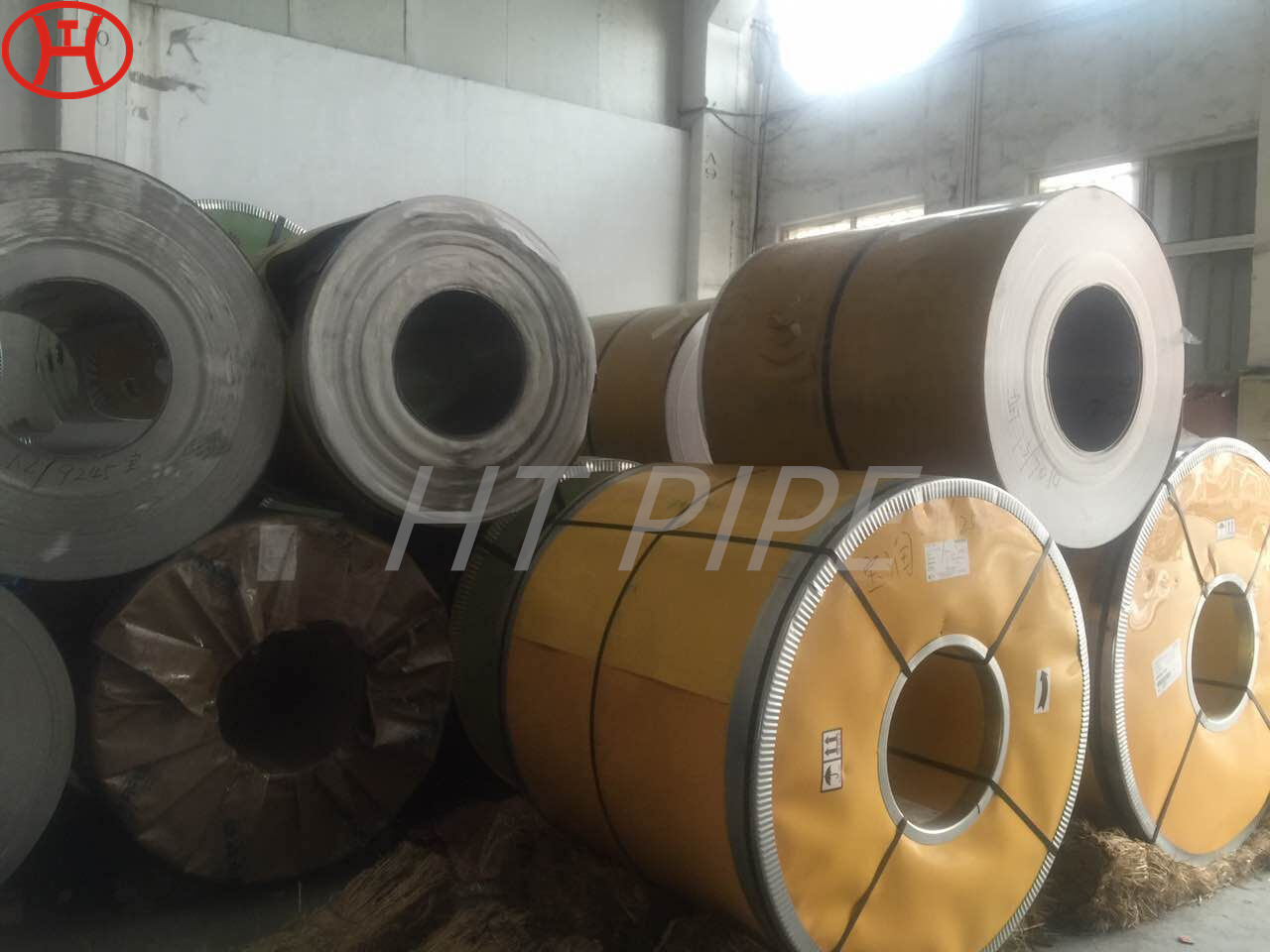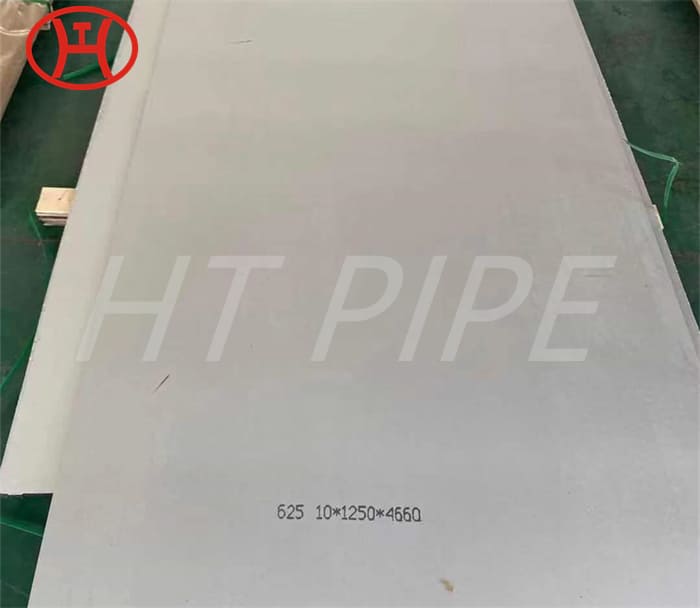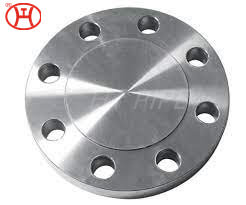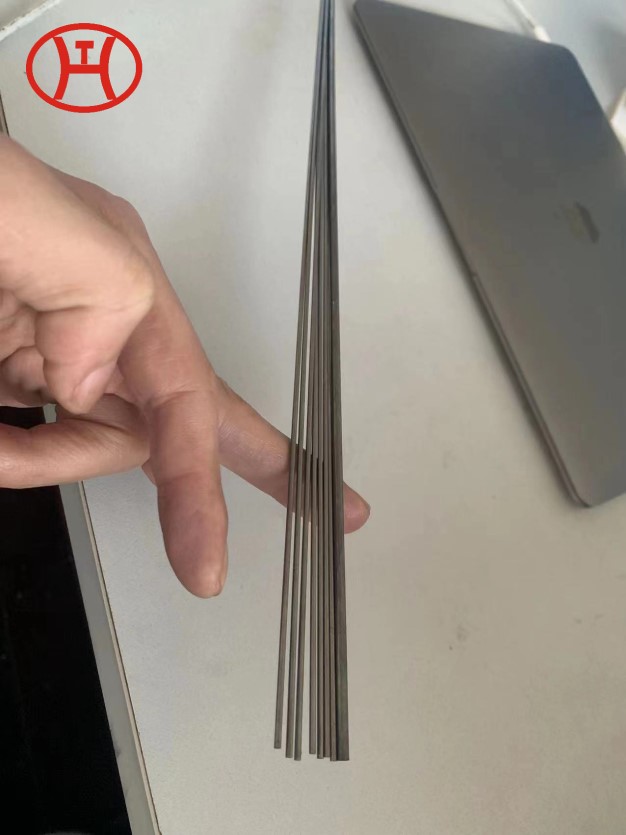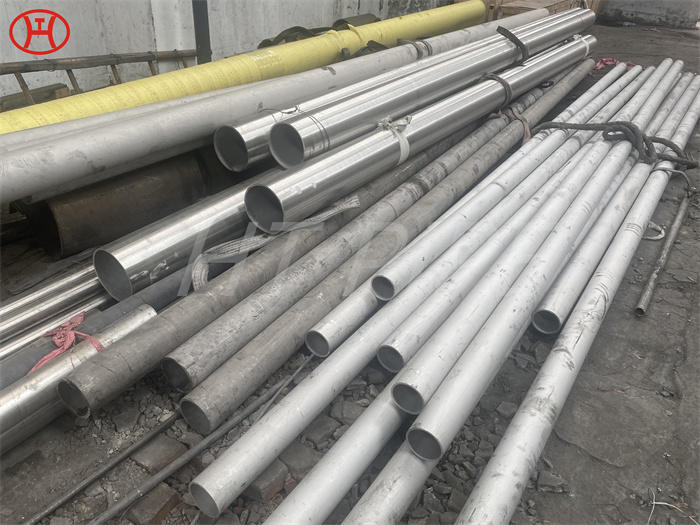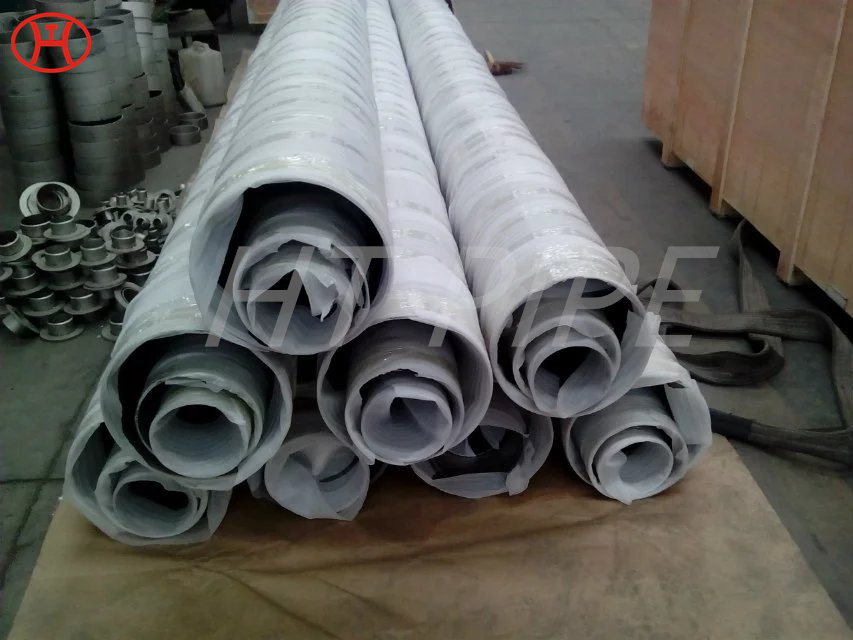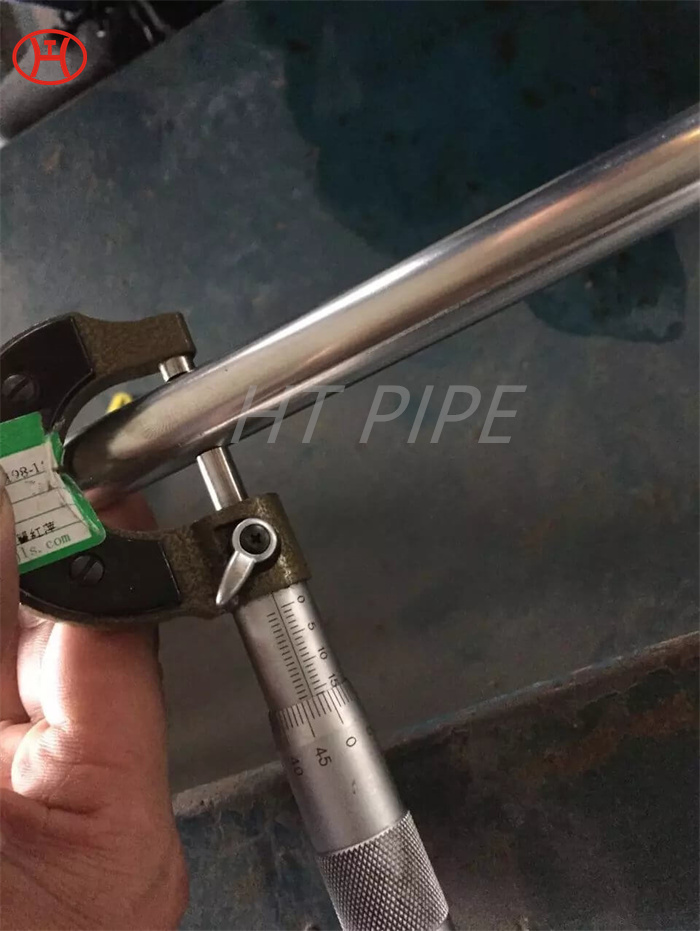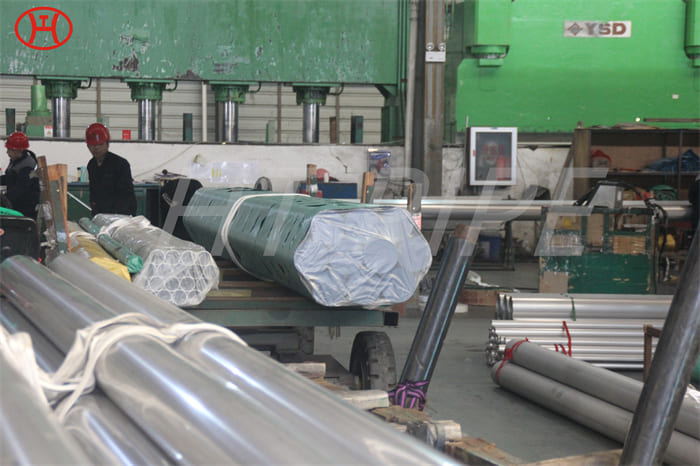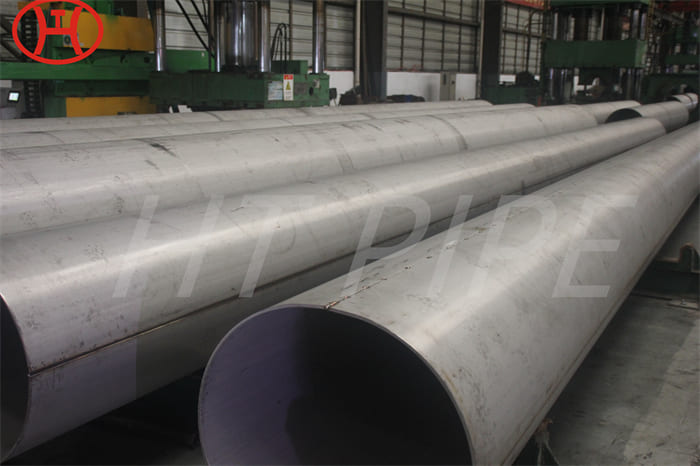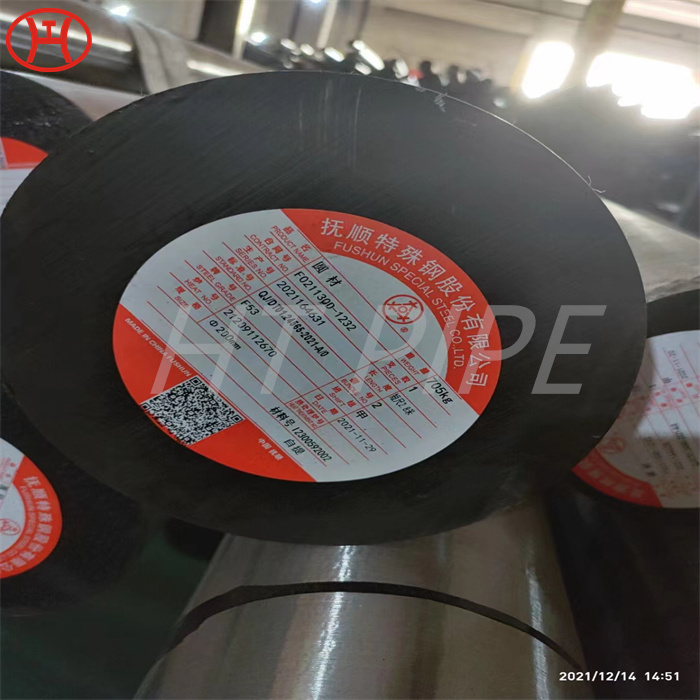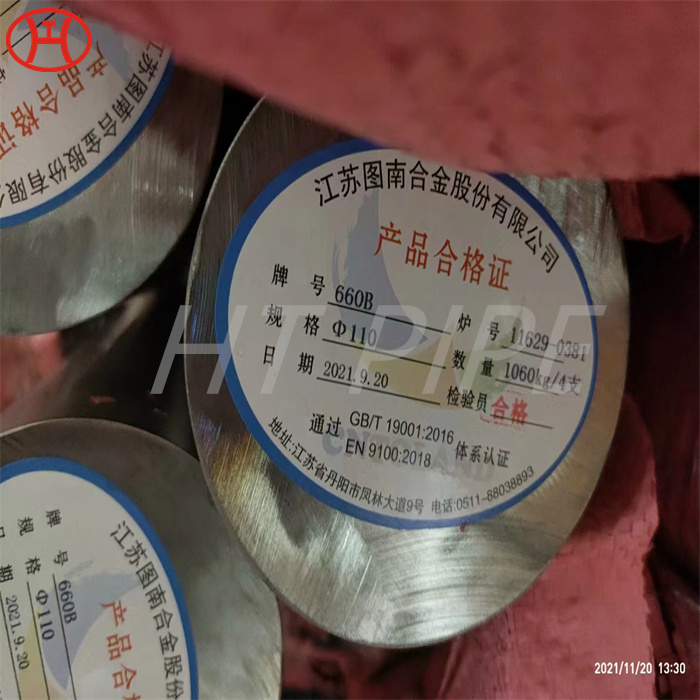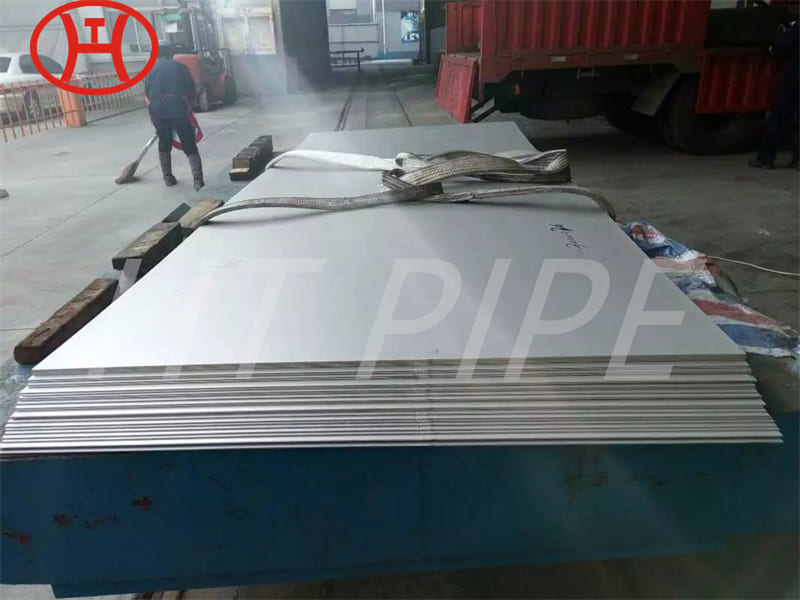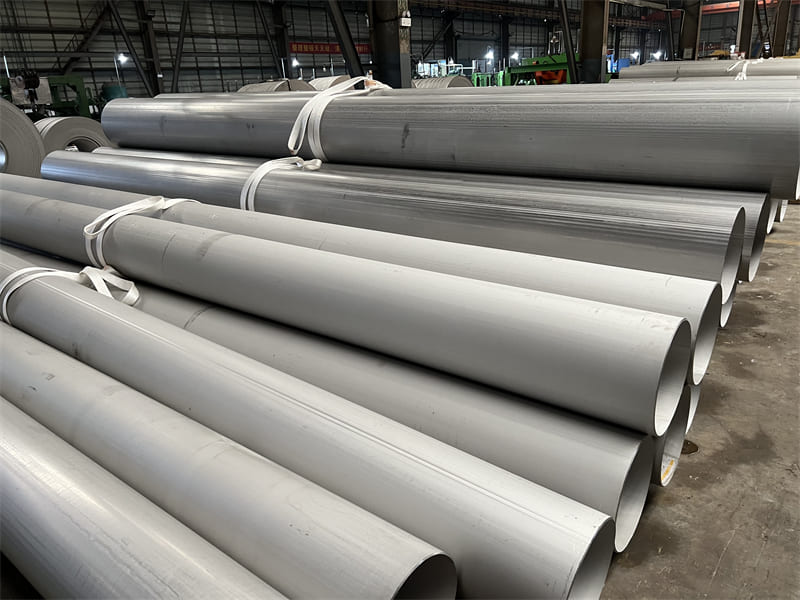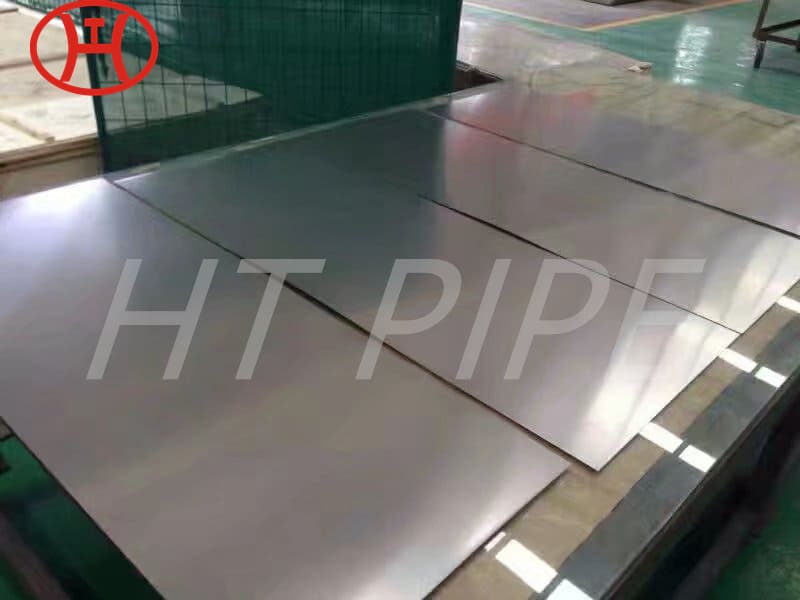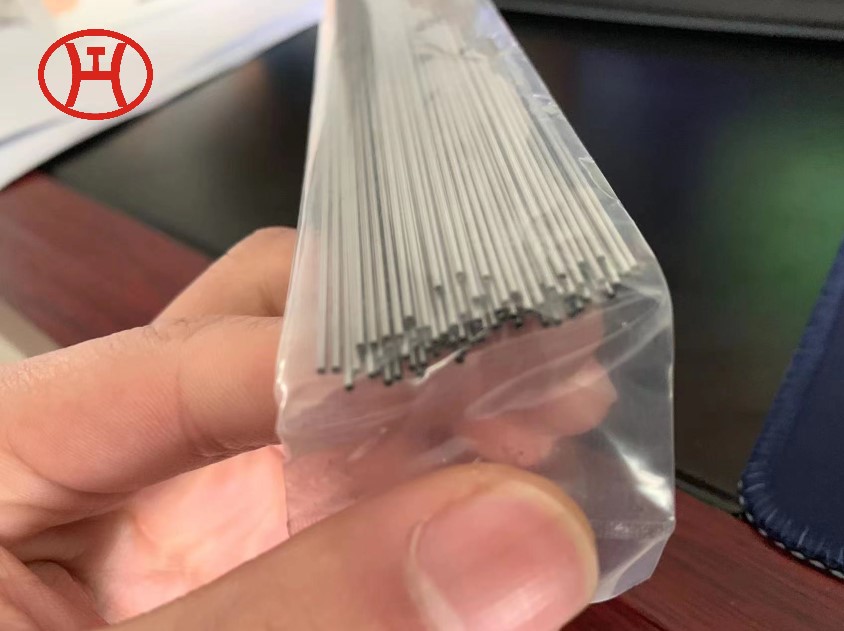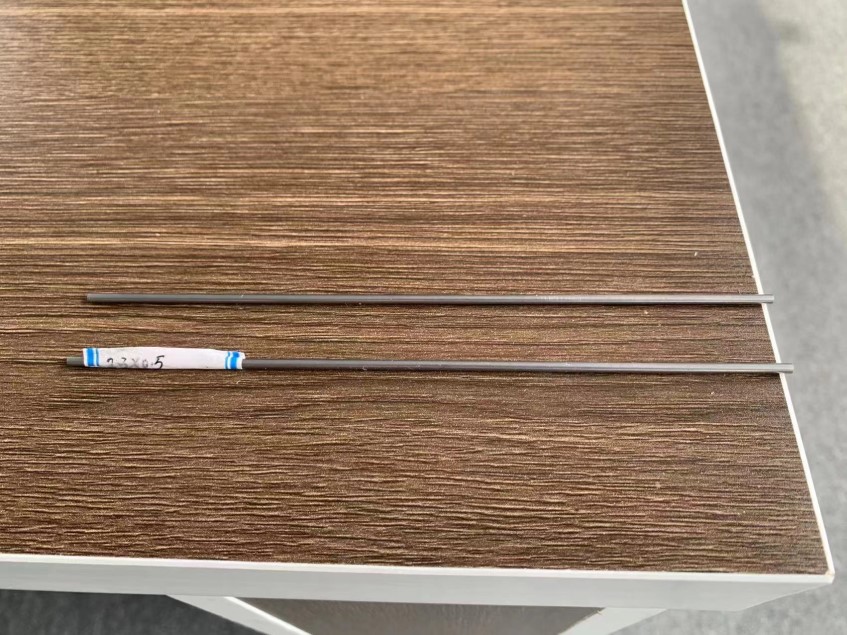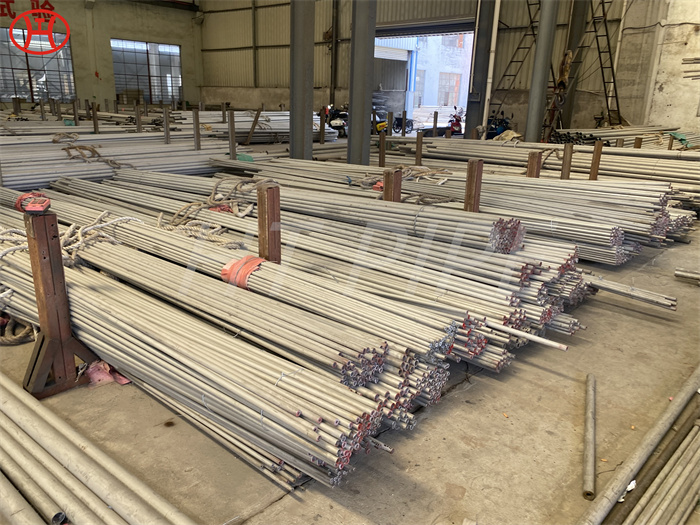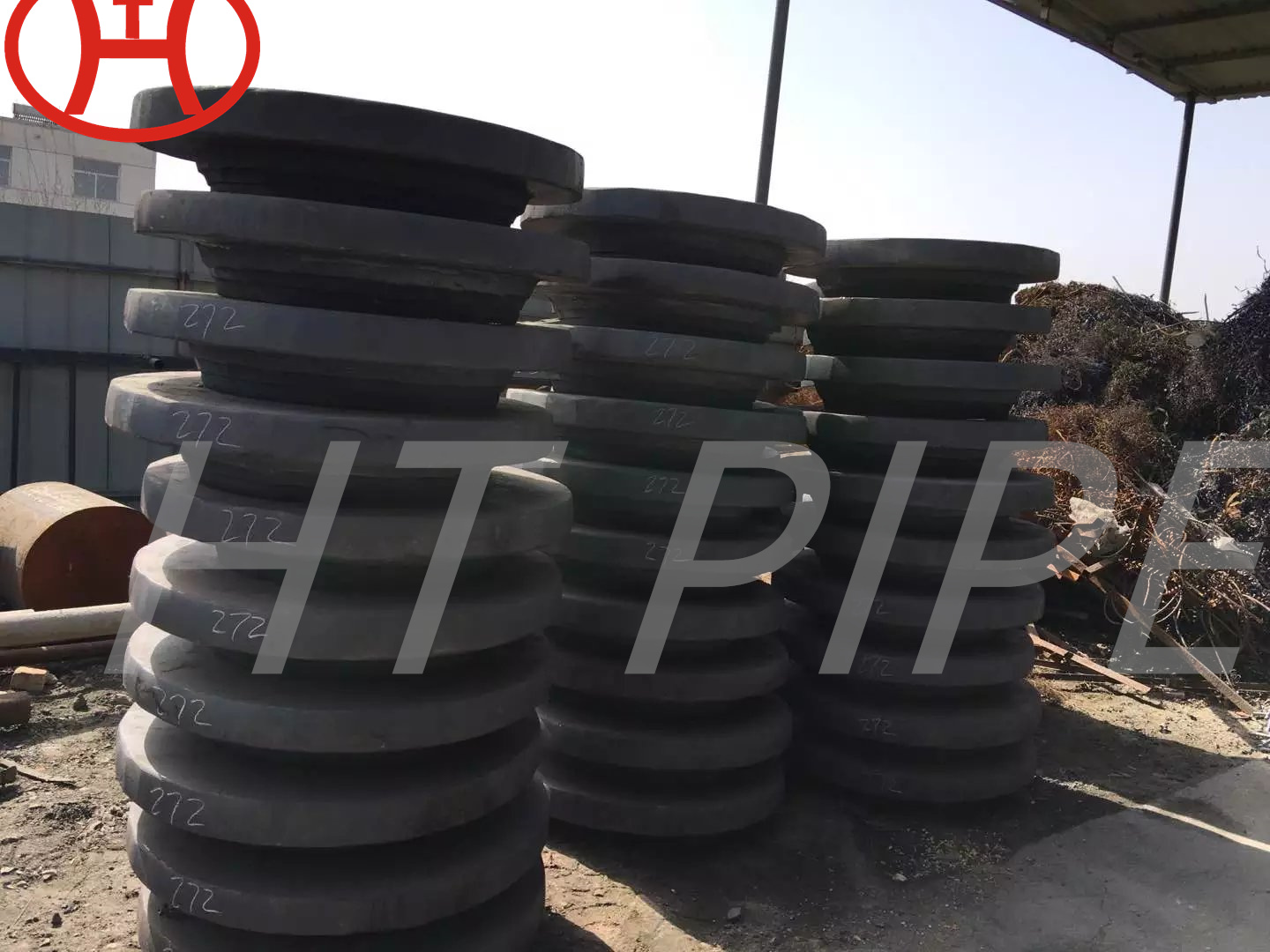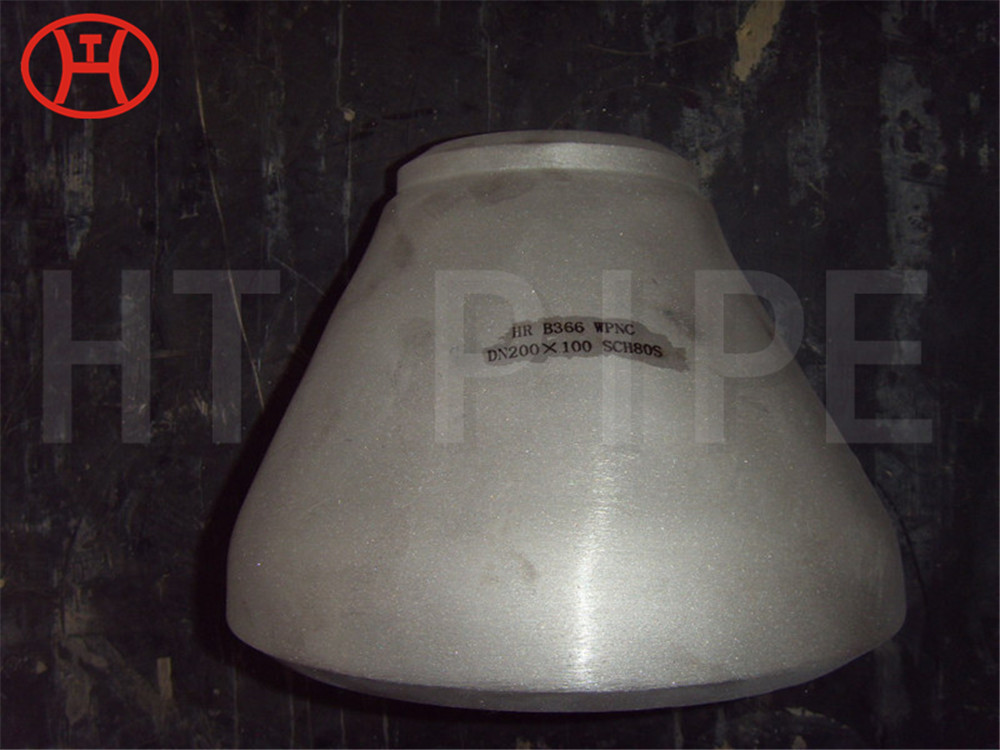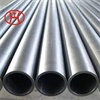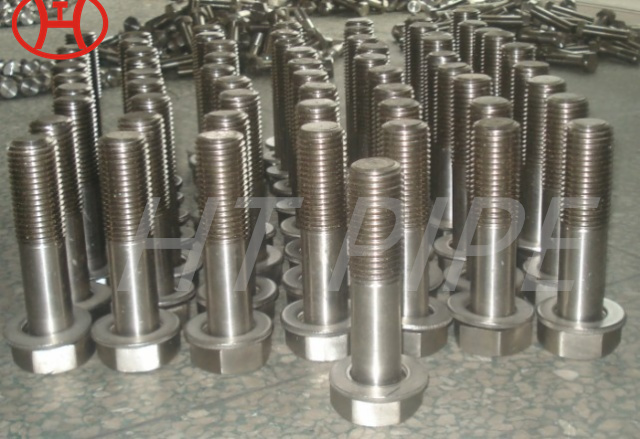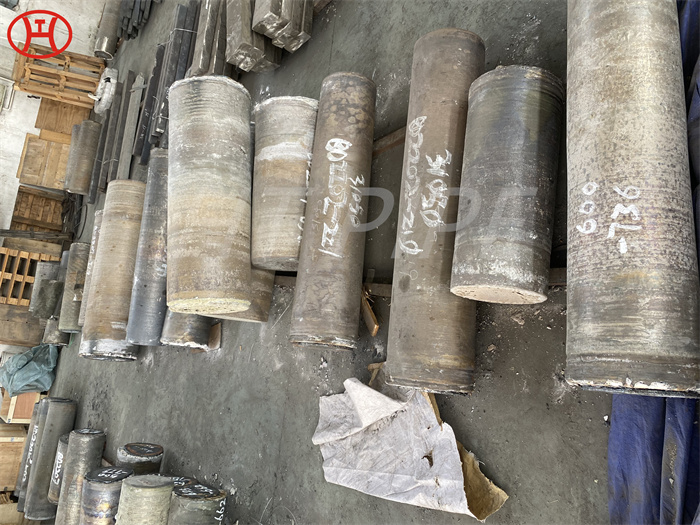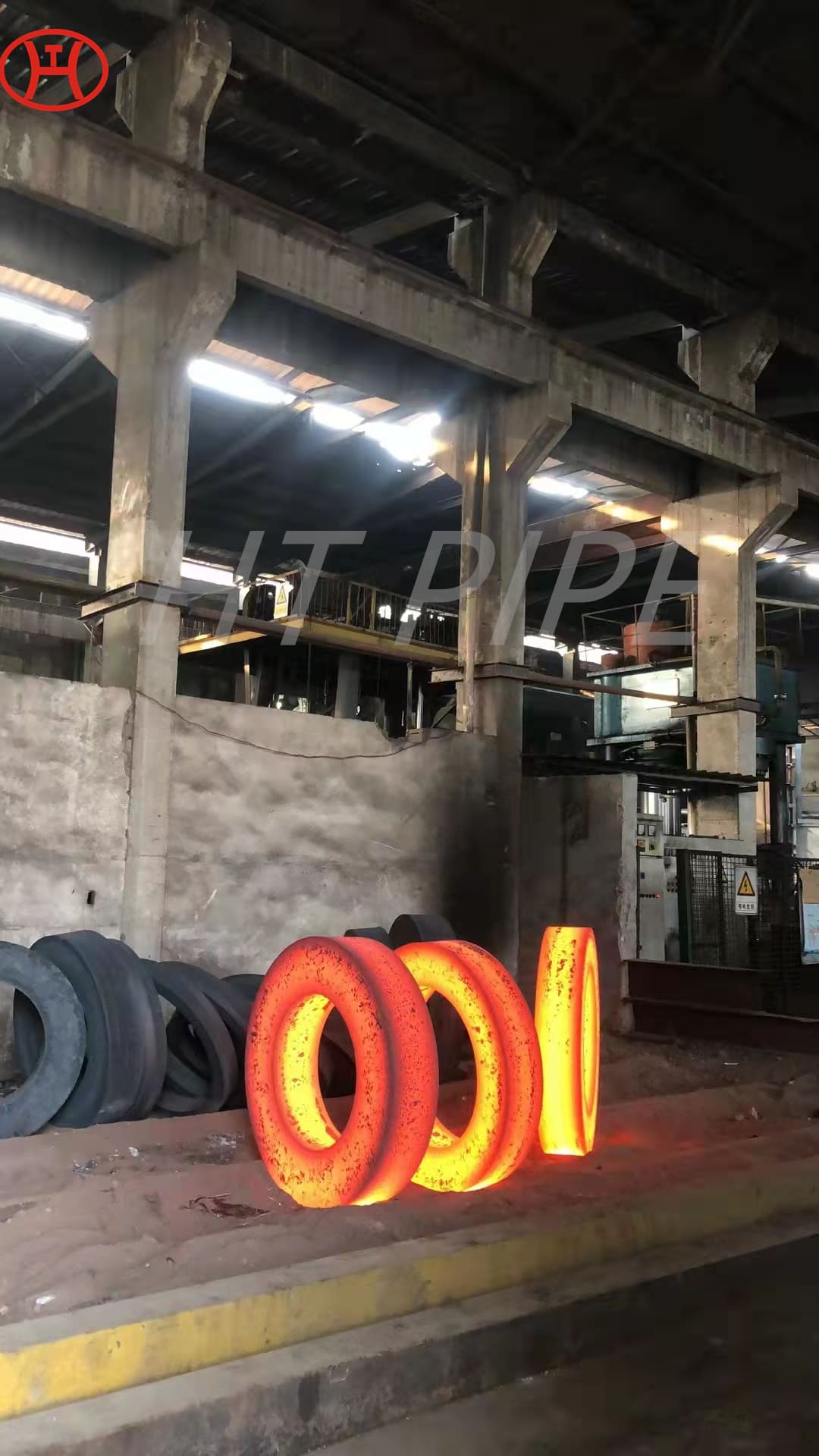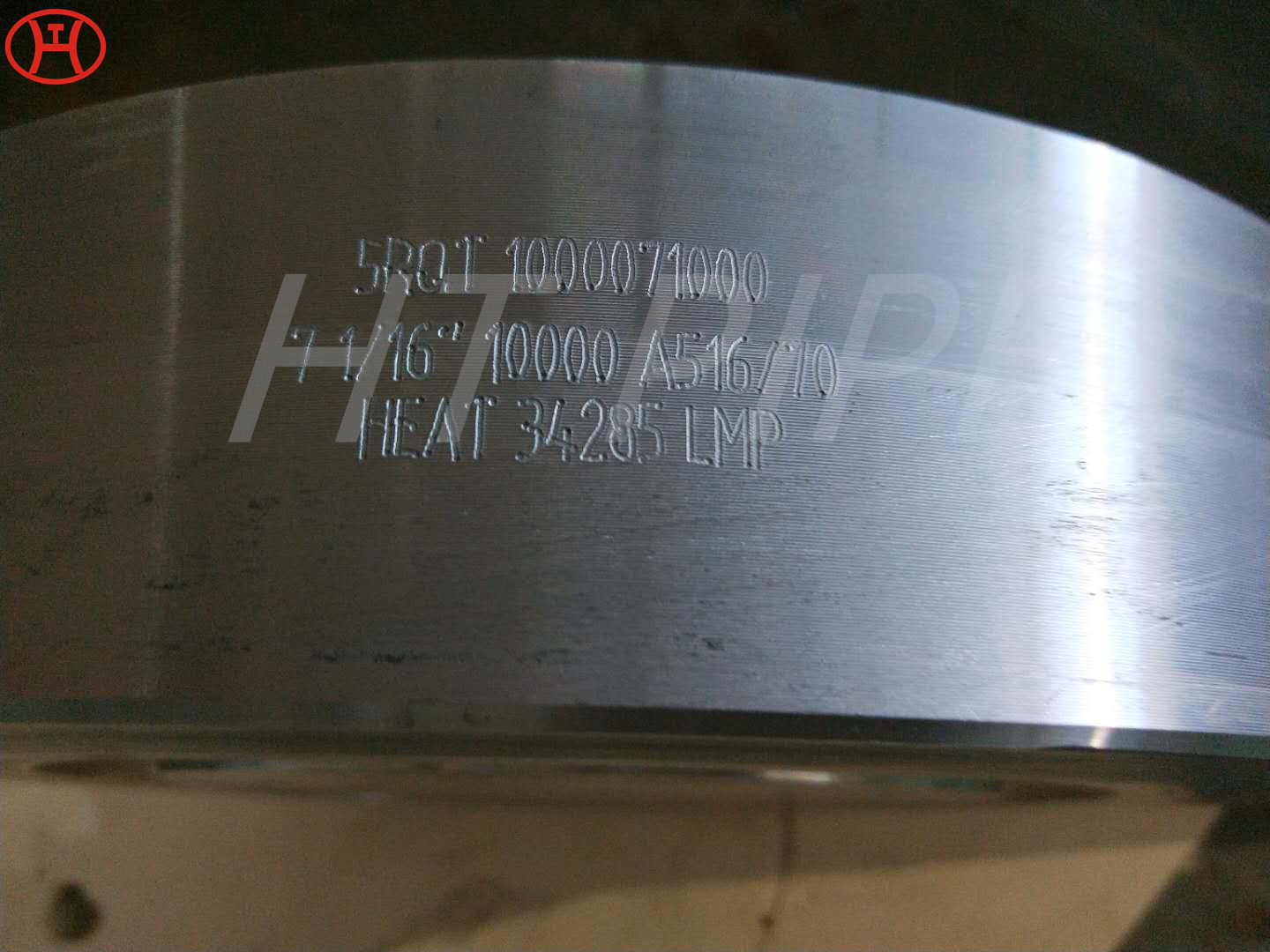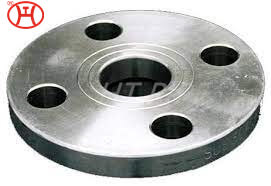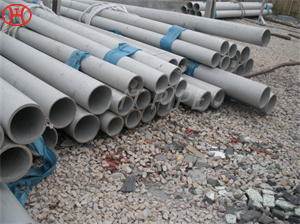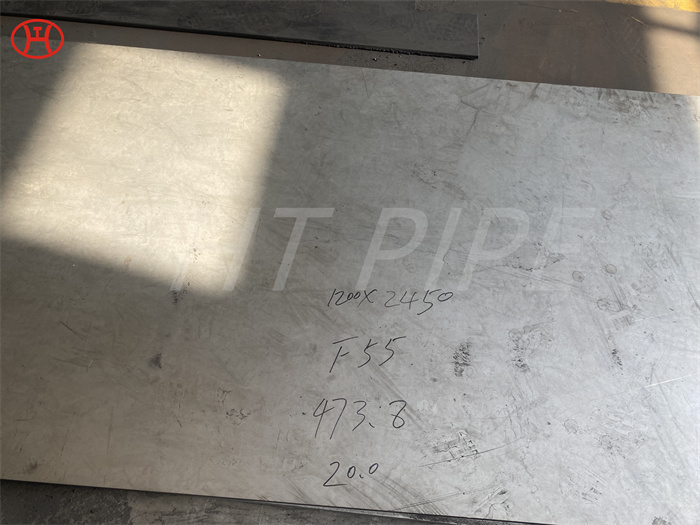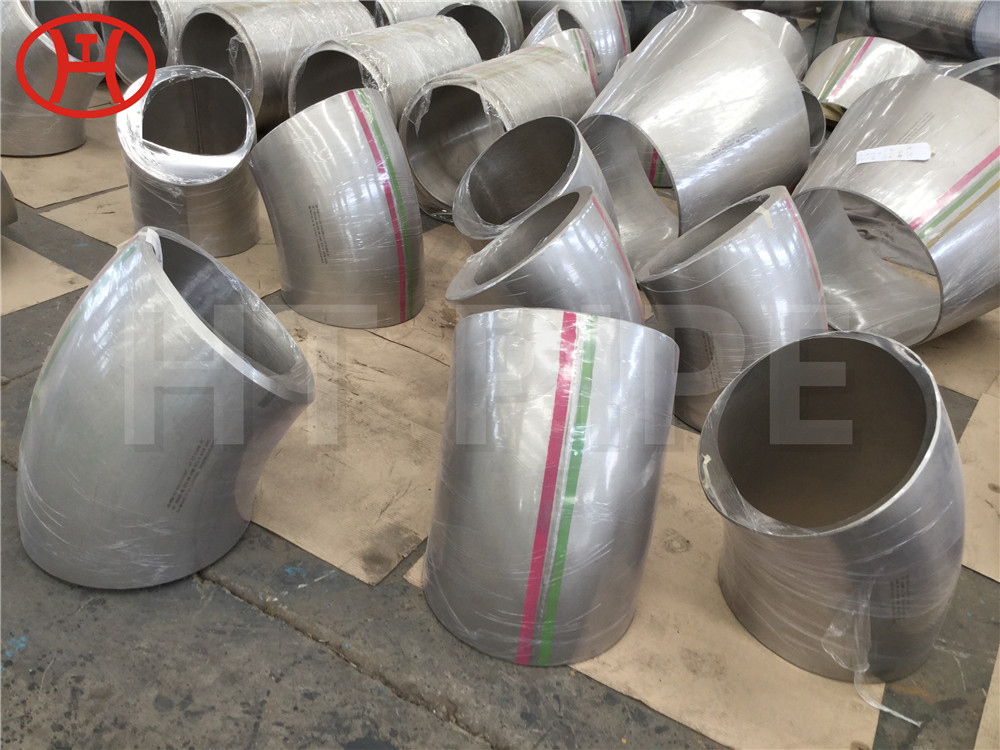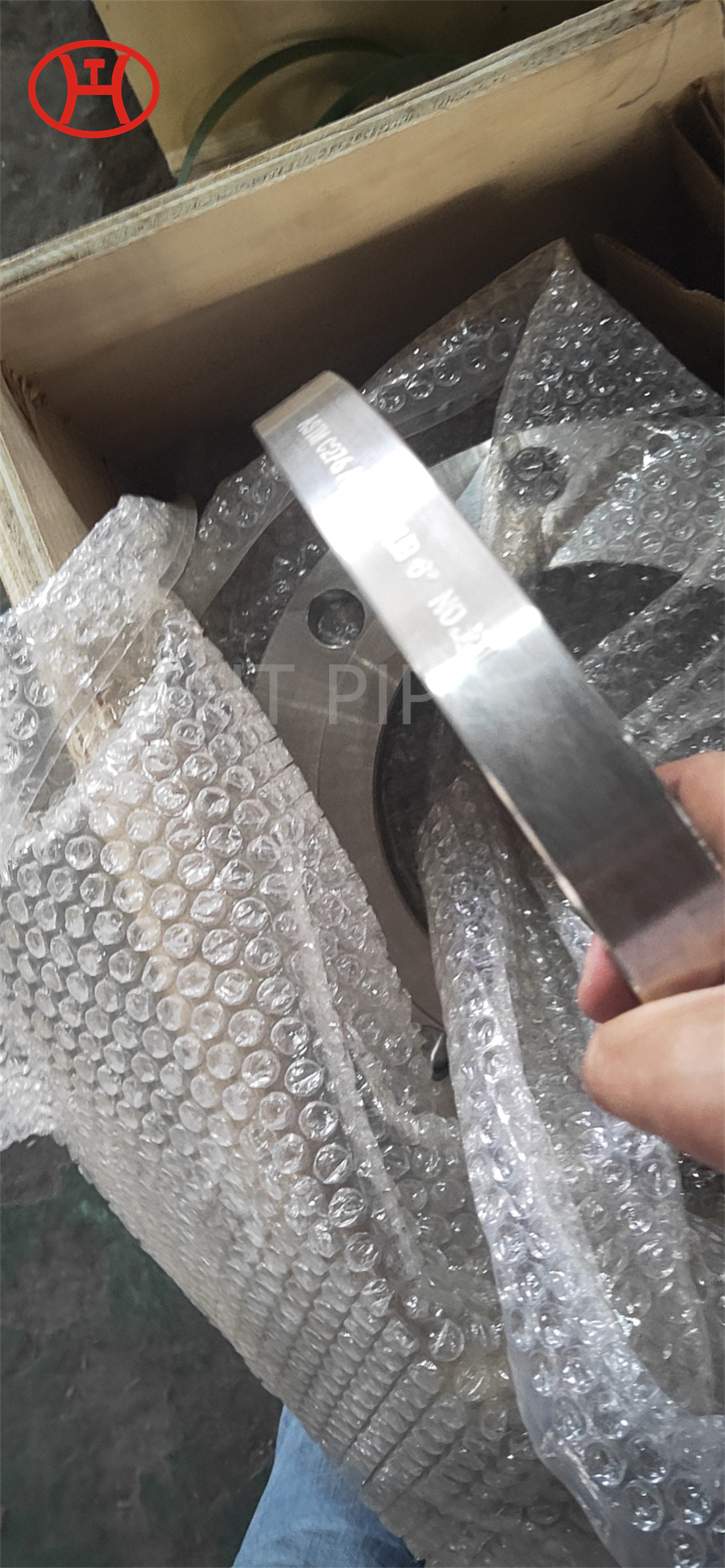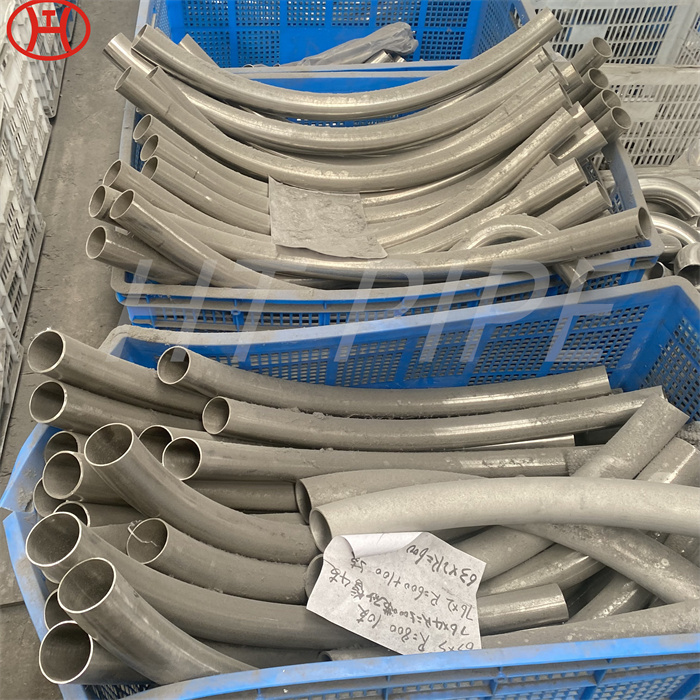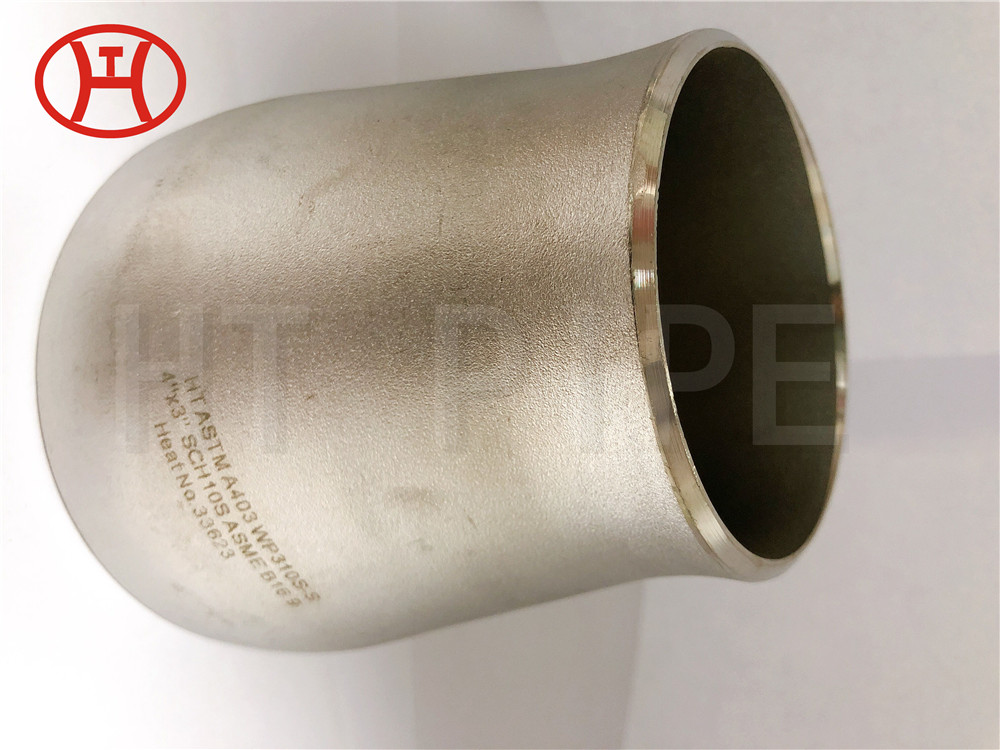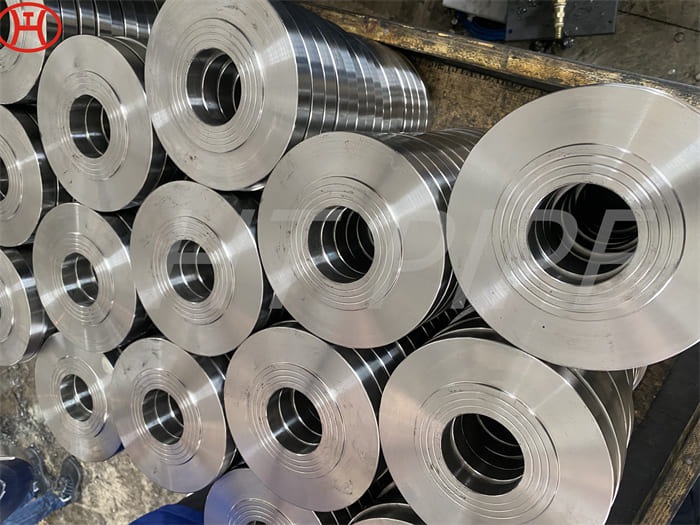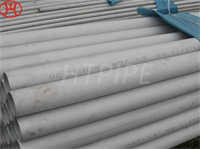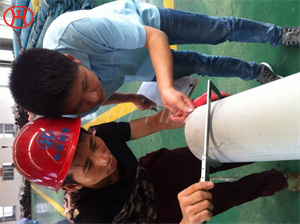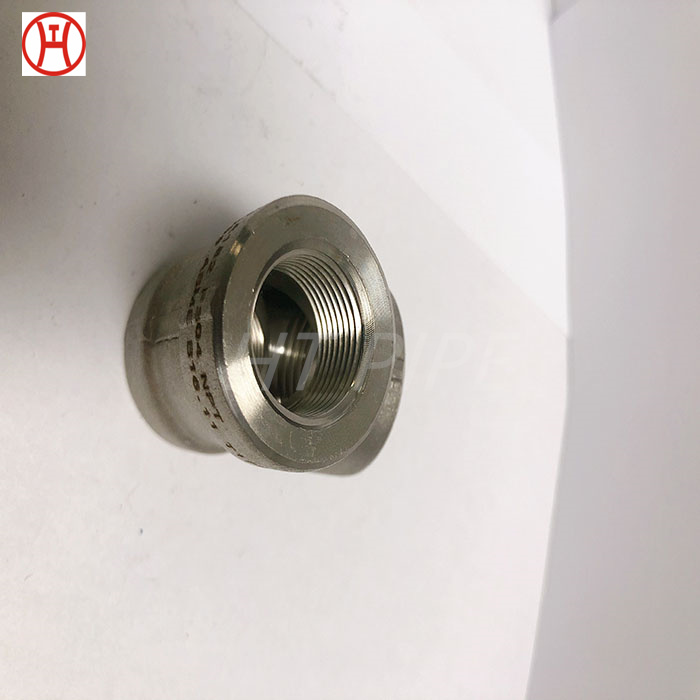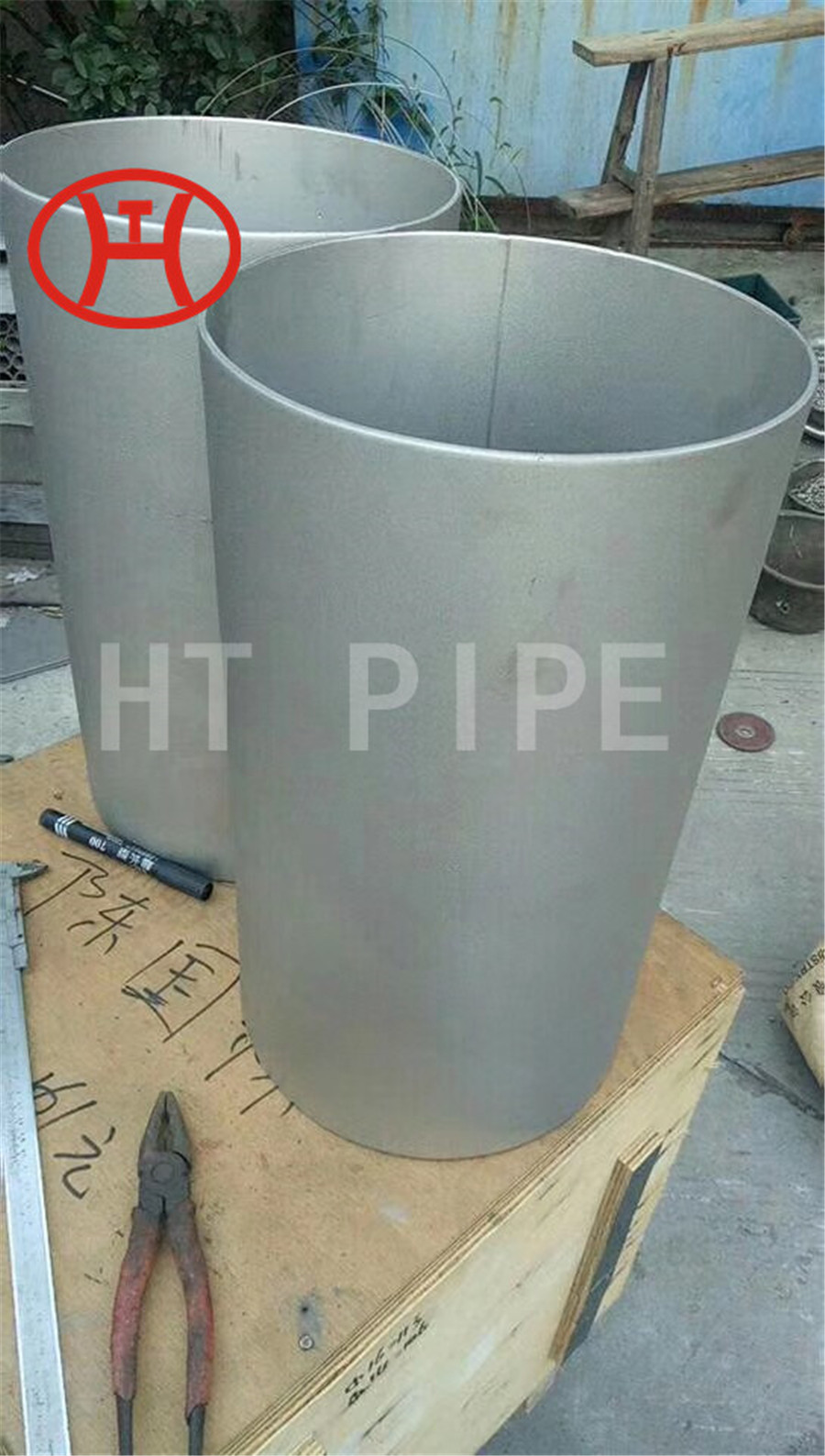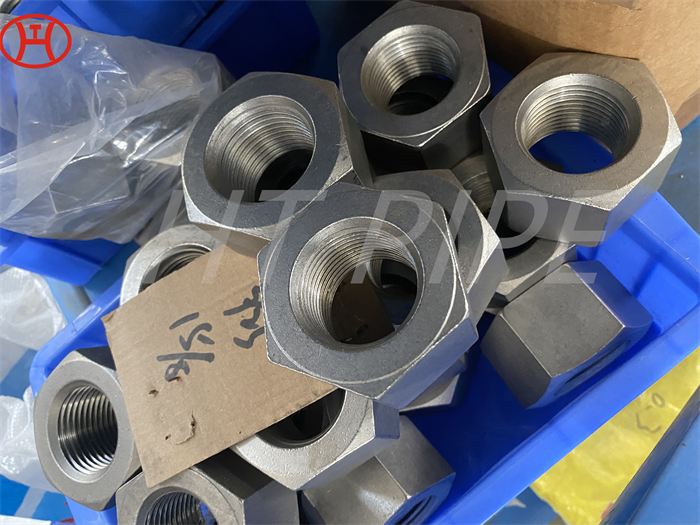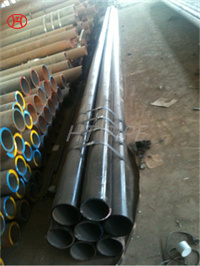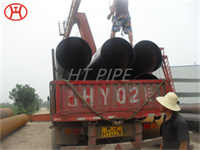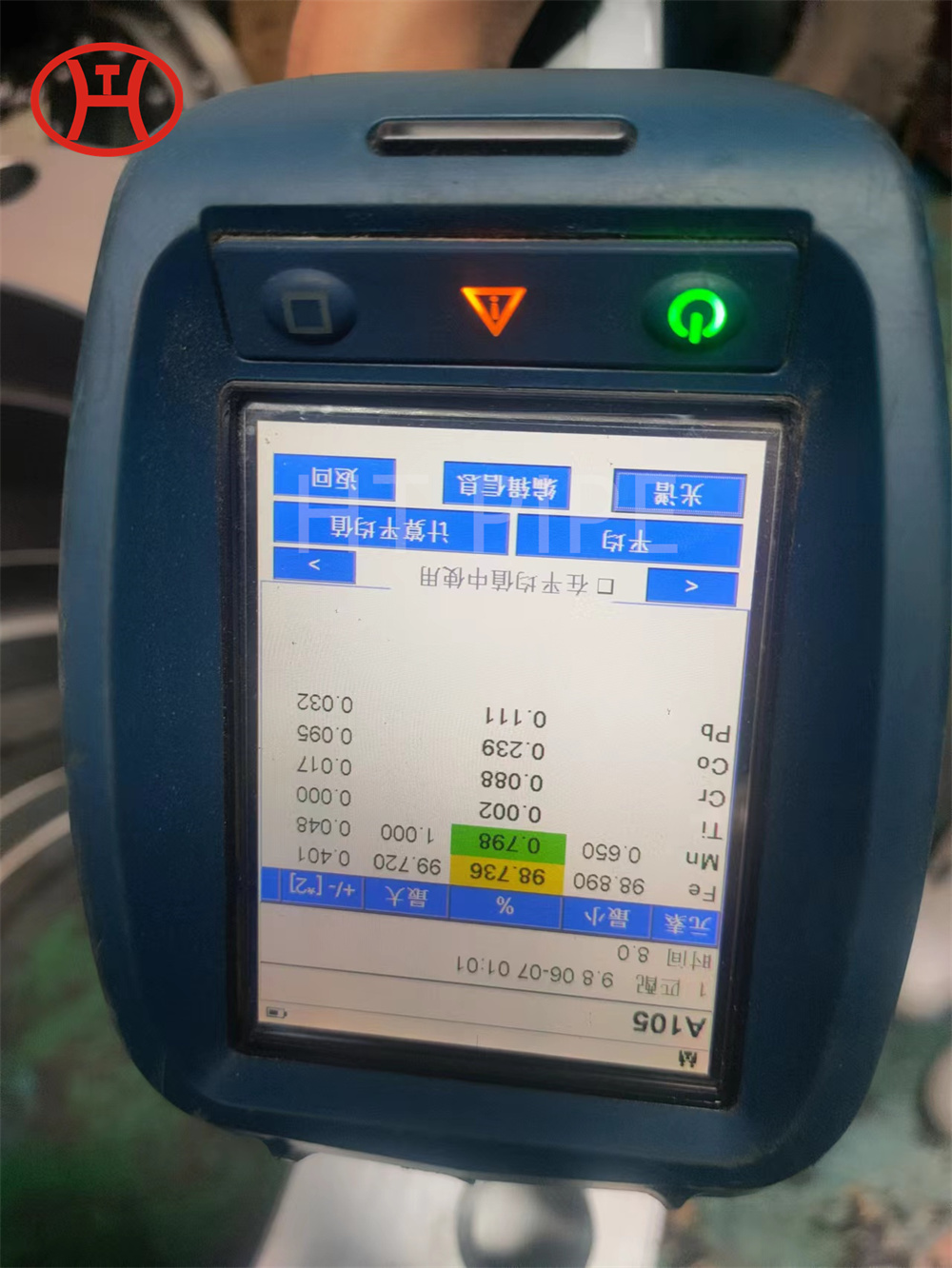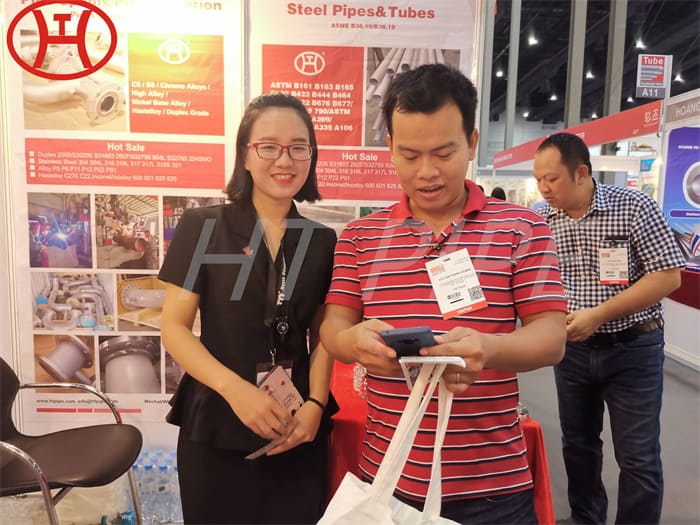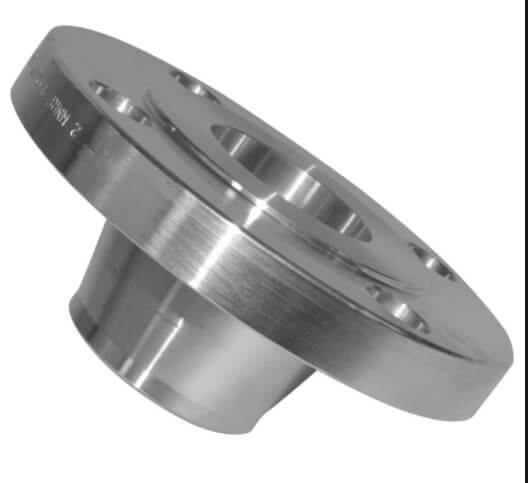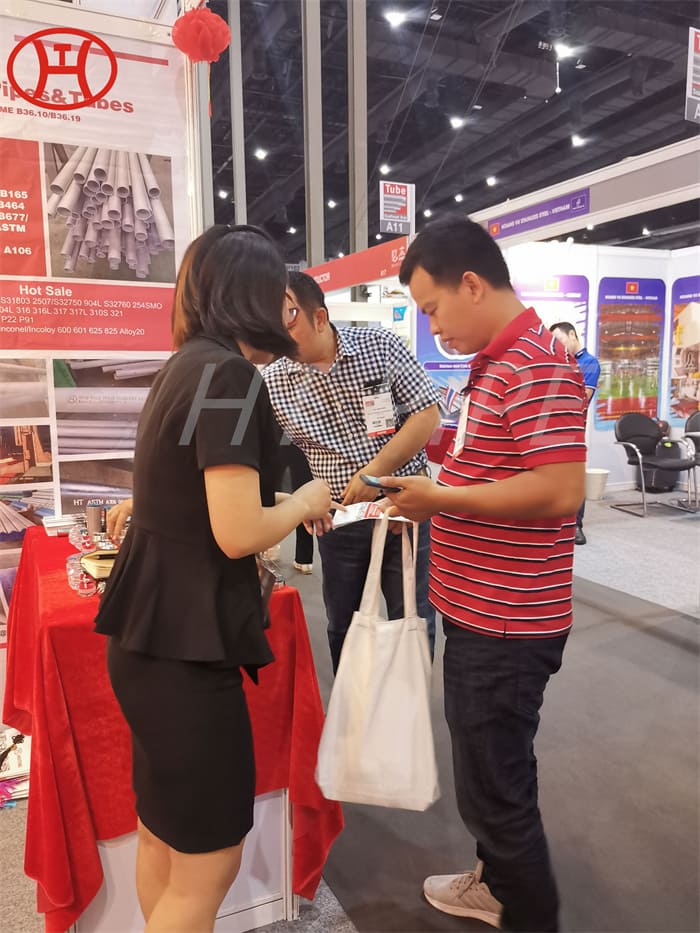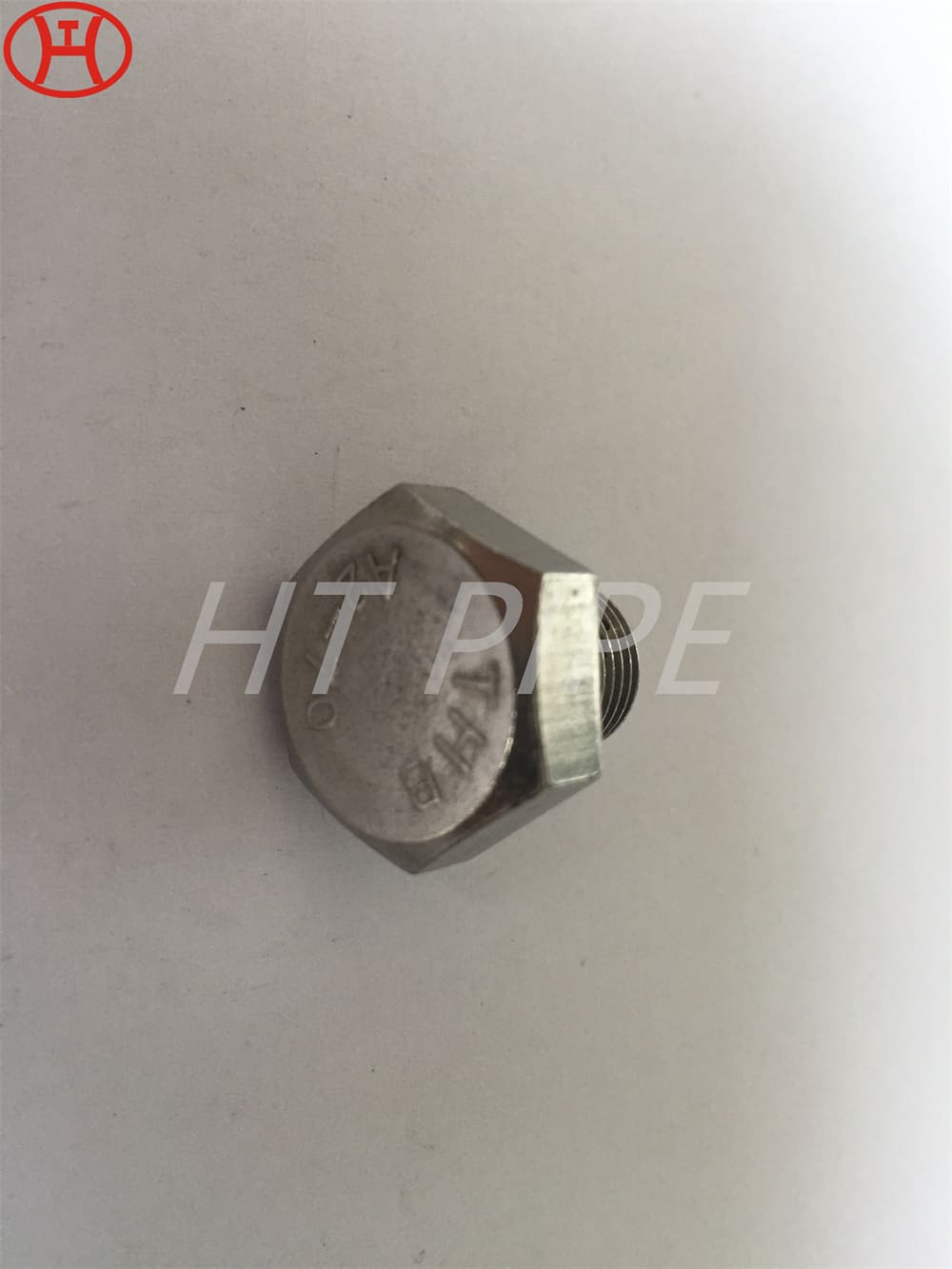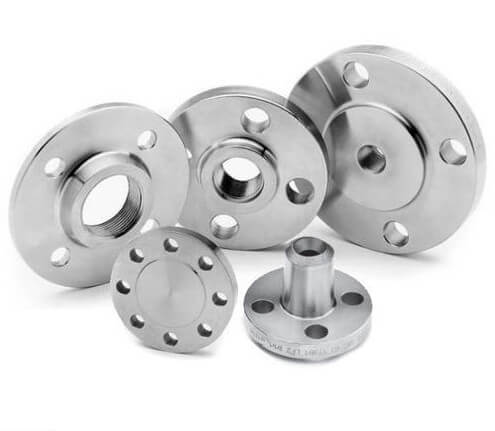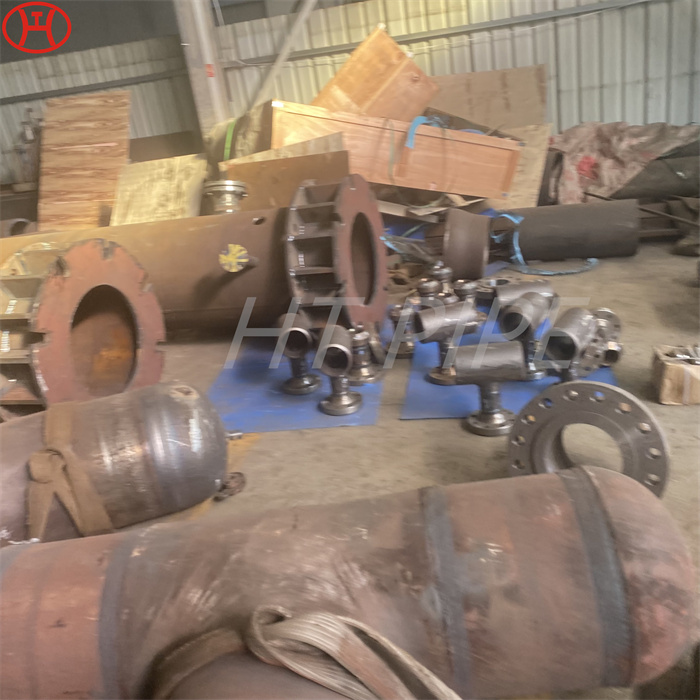304 304l 316 316l stainless steel pipe
The carbon content of 304L (UNS 30403) is limited to a maximum of 0.03% to prevent sensitization during welding.
For food-grade ss304 tubes and industrial stainless steel pipes, although they are all stainless steel pipes, there are certain differences between them. Needless to say, there is a gap in the application field, and the use determines the implementation standards, process requirements, and surface of the two.
1. Heavy metal content
The main difference between food ss304 tube and industrial pipe is that the heavy metal content of food grade 304 stainless steel pipe is much lower than that of industrial pipe.
2. Surface
The most obvious difference lies in the surface. The surface of ss304 tubes must be at least BA grade, which is a bright surface; while industrial pipes have no requirements for the surface, the surface is often rough, and the key is to have high corrosion resistance.
3. Process requirements
For ss304 tubes that are in direct contact with food, the finish inside the pipe is very important. However, the inner wall of the tube needs to be polished and brightly annealed to make the inside of the tube wall smoother. If there is a liquid medium inside, it can prevent clogging.
However, industrial pipes are often used in polluted environments, so they have higher requirements for the anti-oxidation performance of the pipes, so pickling passivation treatment is generally carried out. Pickling passivation can generate a dense oxide film on the surface of the pipe, which greatly improves the corrosion resistance of the pipe.
4. Implementation standards
For the reference standard of ss304 tube, please refer to QB/T 2467-2017 “Stainless Steel Pipe Standard for Food Industry”;
The standards of industrial stainless steel pipes are divided into several varieties due to their different uses, such as GB/T 31929-2015 “Stainless steel welded steel pipes for ships”, GB/T 32569-2016 “Stainless steel welded steel pipes for seawater desalination devices”, GB/T 24593 -2018 “Austenitic Stainless Steel Welded Steel Pipe Standard for Boiler and Heat Exchanger”, GB 30813-2014 “Austenitic Stainless Steel Welded Steel Pipe for Nuclear Power Station”, etc.
The above standards mainly stipulate the surface roughness and hygiene requirements of food 304 stainless steel pipes, while the industrial pipes mainly stipulate the content of chemical elements, mechanical properties, dimensions, and shapes.
5. Scope of application
SS304 tubes are generally used in production equipment and assembly lines that are mainly used in food, beverages, wine, medicines, etc.; while industrial pipes are often used in boilers, heat exchangers, mechanical parts, sewage pipes, and pressure pipes for chemical industries.
|
Stainless Steel Pipes
|
|||||
|---|---|---|---|---|---|
|
Sr. No.
|
Material
|
Size
|
Sch.
|
Specification
|
Manufacturer
|
|
1
|
ASTM A312 Stainless Steel 304 Seamless Pipe
|
15 NB
To 300 NB |
Sch. 5s
Sch. 10s Sch. 40s Sch. 80s Sch. 160s Sch. XXS |
ASTM A-312
|
Imported
Choksi Remi & Ratnamani |
|
2
|
ASTM A312 Stainless Steel 304 Welded (ERW) Pipe
|
15 NB
To 300 NB |
Sch. 5s
Sch. 10 Sch. 40s & Sch. 80s |
ASTM A-312
|
Remi
Ratnamani Vishal Suraj C.D. Prakash Heavy Imported Etc. |
|
3
|
ASTM A358 Stainless Steel 304 Welded (ERW) Pipe
|
150 NB
To 600 NB |
Sch. 5s
Sch. 10s Sch. 40s & Sch. 80s |
ASTM A-358
|
Fabricated at Famous
Prakash Vishal (with Radiography) |

